In the article, we consider the glycemic index of brown rice.
This is an old cereal crop. Such groats enjoy wide popularity in the countries of the East. They use it daily, due to the excellent balanced composition. It is worth talking in more detail about the benefits, glycemic index and calorie content of rice.
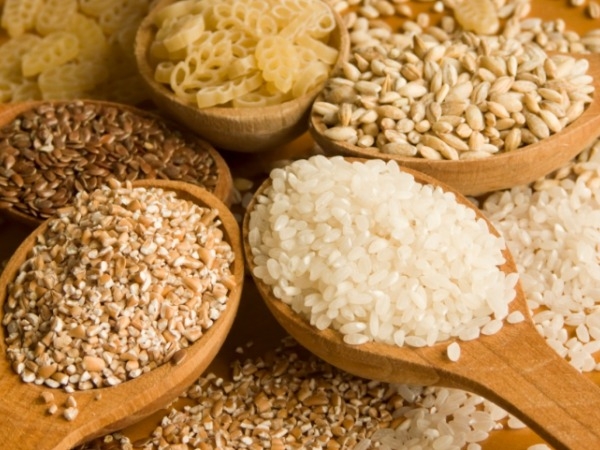
Varieties of cereals and variety index
India is home to rice, but it has gained popularity in China. Groats vary in variety:
- Rice is white. The glycemic index is quite high. It is within 65-85 units.
- Wild, black rice. Its index is 35-40.
- Brown or brown. The glycemic index of brown rice is 45-50 units, which is almost two times lower than white. Brown has an index of 50.
What does GI depend on?
The glycemic index depends on the type of rice . For example, brown rice has a low index and is more useful compared to white. However, even with this value, cereal is dietary, it helps to cope with excess weight. It is permissible to use it for patients with diabetes. The glycemic index of brown unpolished rice is very low.
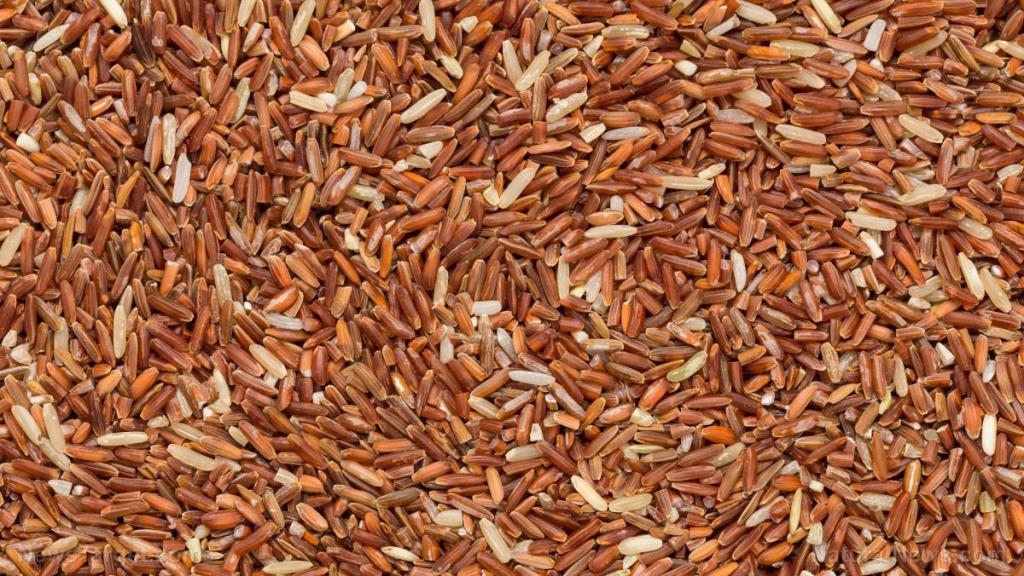
Beneficial features
White and brown rice cereals are essentially the same product, but processed in different ways. Brown varieties experience fewer treatments; only clarification of the cereal from the upper rind of the yellowish color occurs in production. However, the bran casing remains integral, for this reason the grains of this variety have an elongated shape and a brown tint. Brown rice has a specific nutty smell and flavor. On the territory of Russia, brown rice groats has not gained such a strong popularity compared to white.
But this product in Asian countries has become famous for a large number of useful properties, it is one of the main dishes of everyday family ration.
Brown rice has the following beneficial properties:
- with the regular use of cereals of this variety, you can significantly lower the cholesterol in the blood;
- contributes to the proper functioning of the gastrointestinal tract;
- if it is necessary to cleanse the intestinal and stomach walls, rid the body of various toxic substances, it is advisable to use a small portion of such rice every day; in addition, this product helps get rid of severe flatulence and constipation;
- brown variety is often introduced into the diet of people with diseases such as gastric ulcer or gastritis;
- cereal is one of the main components of a rice fasting day or diet;
- often culinary specialists use rice as a side dish for all kinds of fish and meat, in addition, it becomes a good basis for cooking pudding, cereal, traditional varieties of pilaf or salad;
- due to its unique ability to absorb moisture, brown rice is used to restore hydrobalance in the human body;
- medical studies have established that with regular use of brown rice, blood circulation improves;
- such cereal can have a relaxing effect on the brain and nerve cells, and therefore it is recommended to include such a variety of rice in the daily menu for a person who is subjected to continuous mental stress or prone to nervous exhaustion;
- helps strengthen gums and teeth, improves the appearance of hair and skin integument;
- due to the significant concentration of vitamin A in this variety, it is possible to improve vision if the product is consumed constantly;
- restores normal sleep, fights with irritable conditions and insomnia;
- improves the functioning of the digestive system, helps to remove metabolic products and slag formations from the human body.

Contraindications
The glycemic index of rice varieties we reviewed. Are there any contraindications for brown rice, because its GI is very low. Like any product, this kind of rice tends to have certain contraindications. This cereal is primarily contraindicated for people who suffer from severe bloating. In this case, it is recommended to give preference to its white varieties, to use them no more than twice a week. The use of brown rice cereal is completely undesirable if there is difficulty with urinating. Croup in boiled form has a fairly strong diuretic effect. If you have colitis in a person, you also need to abandon this product. Despite the fact that one hundred grams of brown rice contains a small amount of calories, they should not be abused by patients with high weight. Due to the fact that rice cereal has the property of long digestion, you can gain extra pounds.
Composition of brown rice
The glycemic index of cereals should be known, especially for those who adhere to a healthy diet. It should also be remembered that any cereal crop is itself a carbohydrate. But brown rice cereal is a useful and “long-lasting” type of carbohydrate that is broken down entirely in the human body. They are perfectly processed and give an energy charge, do not settle in the form of fatty deposits. This rice variety, in turn, contains a lot of vegetable protein, which is the building material for muscle fibers.
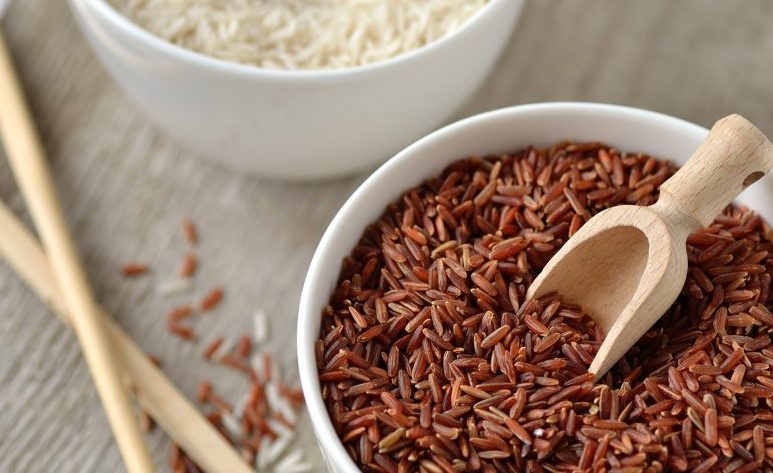
It is necessary to dwell in more detail on the equally significant components of brown rice.
- Dietary fiber, often referred to simply as fiber. The concentration of dietary fiber in brown rice is small, two hundred grams is only three grams. But, when compared with white varieties of cereals, where two hundred grams of fiber contains one gram, it is better to give preference to eating brown rice. When brown rice is boiled in water, there will be relatively few calories in the dish, and this is due to the presence of coarse dietary fiber in the composition of the cereal.
- The Vitamin B complex has given incredible popularity to the brown rice cereal variety in eastern countries. In order to almost completely fill the daily need of the human body for these elements, one portion of such a product is enough. However, rice cereal, which has undergone heat treatment, reduces the content of such useful components by five times. In other words, their concentration in boiled rice is much lower than in raw rice.
- The concentration of metals necessary for the body also brings this croup to a leading position in terms of content in the composition of useful elements. Brown rice cereal is a rich source of iron, magnesium, manganese, zinc and copper. In the composition, a small amount of sodium is found, a rather rare metal that is found in food products. Such a chemical composition of this cereal.
- The presence of iodine, selenium and phosphorus in brown rice allows you to use such a product as a prophylactic for thyroid pathology.
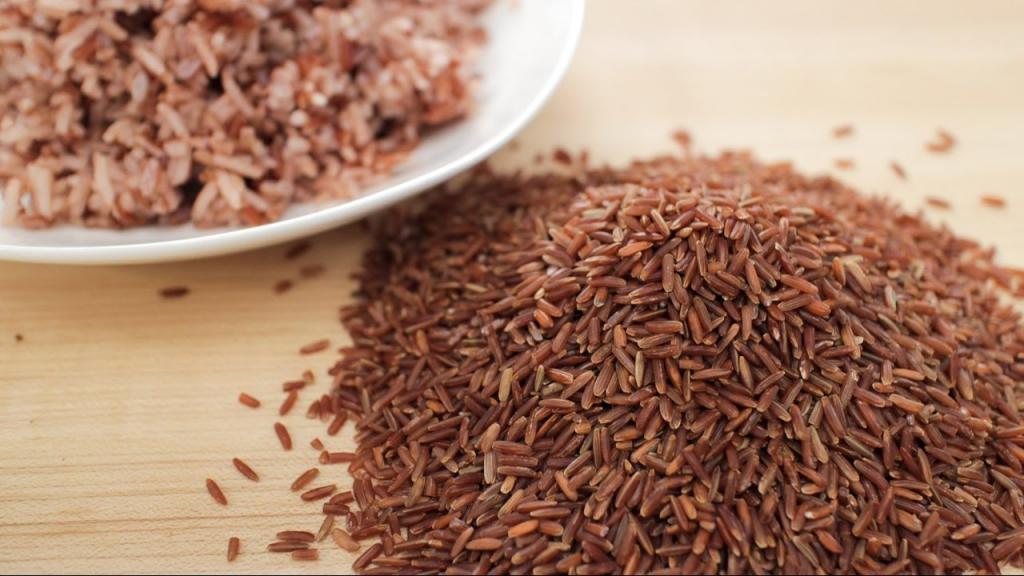
Calorie content
Due to the low glycemic index of rice (namely brown), this product is becoming a universal favorite for those who are actively struggling with overweight. A hundred grams of brown rice cereal contains about 330 kilocalories. In this situation, we are talking about a product in a dry form. However, one hundred grams of brown boiled rice already contains 11 kilocalories. Such a significant decrease in the energy value of rice is explained by its preliminary processing, which the cereal is subjected to before cooking. Everyone knows that rice cereal, regardless of variety, is recommended to be washed several times in cool water, which helps to remove the adhesive (also called gluten) and starch. These two components add the energy value of rice groats in the form of kilocalories.
The nutritional value
The nutritional value of this variety deserves special mention. As mentioned above, the bulk of brown rice cereals are complex carbohydrates, about 74%. One hundred grams of impressive protein content compared with other cereals, about 24%.
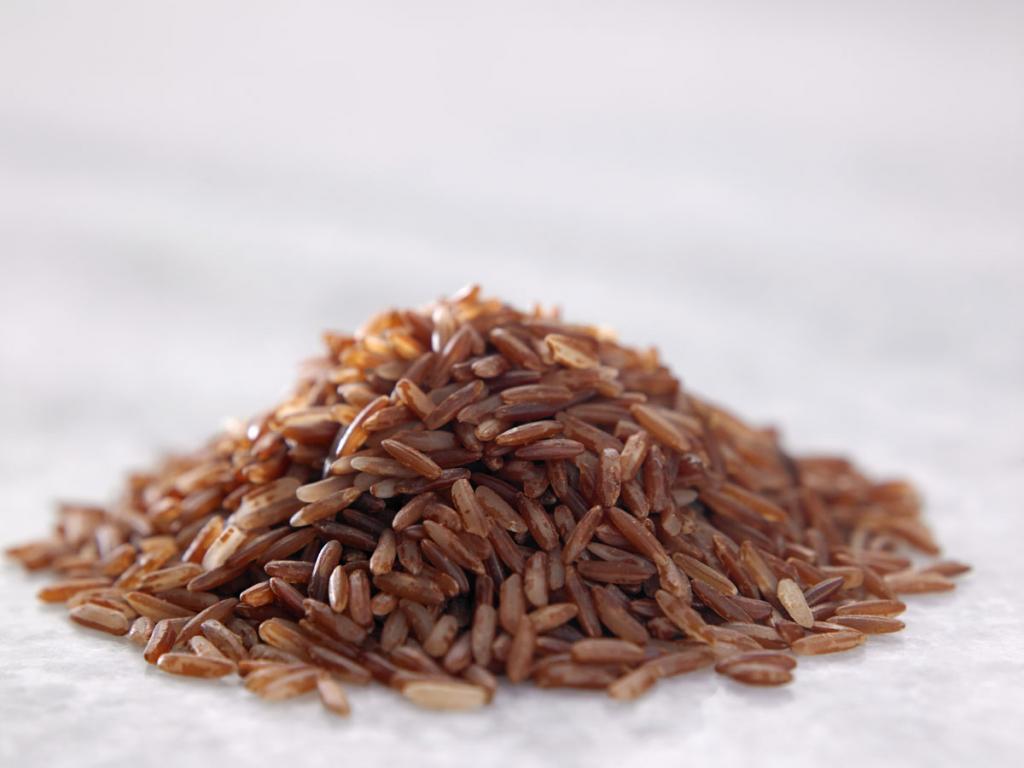
In the composition of brown rice groats, fats occupy the smallest part - only two percent. It should be noted that even a small concentration of fat in brown rice is presented in the form of healthy oils that have a beneficial effect on the human body.
The glycemic index of brown rice is of interest to many. But what is the special use of unpolished cereals?
Unpolished rice
Unpolished brown (brown rice) is the most useful variety, as it is cleaned only from the upper shell, while retaining all the nutrients and bran. Thanks to the unpolished grade, cholesterol is excreted, the activity of the kidneys improves, blood circulation is stabilized, the water balance in the human body is normalized. Any kind of rice other than white is essentially unpolished. Just the shell of the grain is responsible for coloring, when it grinds, the croup acquires a white color.
Everyone needs to know the glycemic index of different rice.
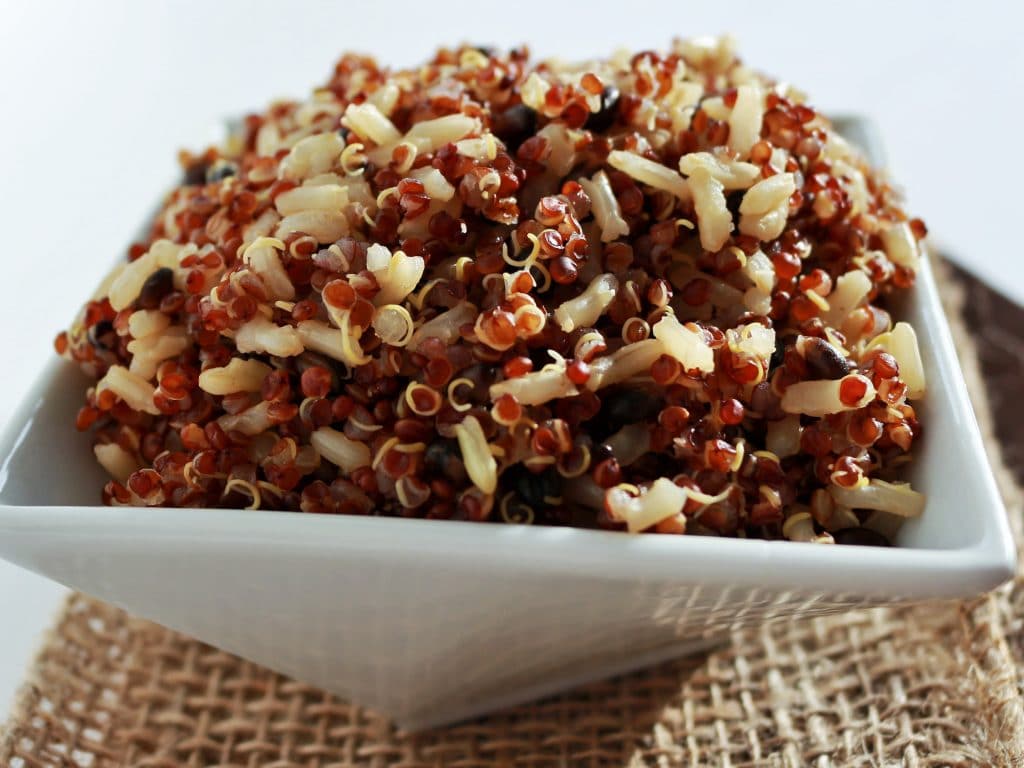
Counting calories in different dishes
In one hundred grams of a brown boiled variety, the calorie content may differ significantly from one hundred grams of the product in its raw form. This is due to the active absorption of water by the grains during cooking, which increases the mass. In addition, you need to take into account the added ingredients, for example, butter, salt, milk fat, raisins, etc. Salt is the only ingredient from the above that does not increase the calorie content of the prepared dish.
We examined the glycemic index of brown rice.